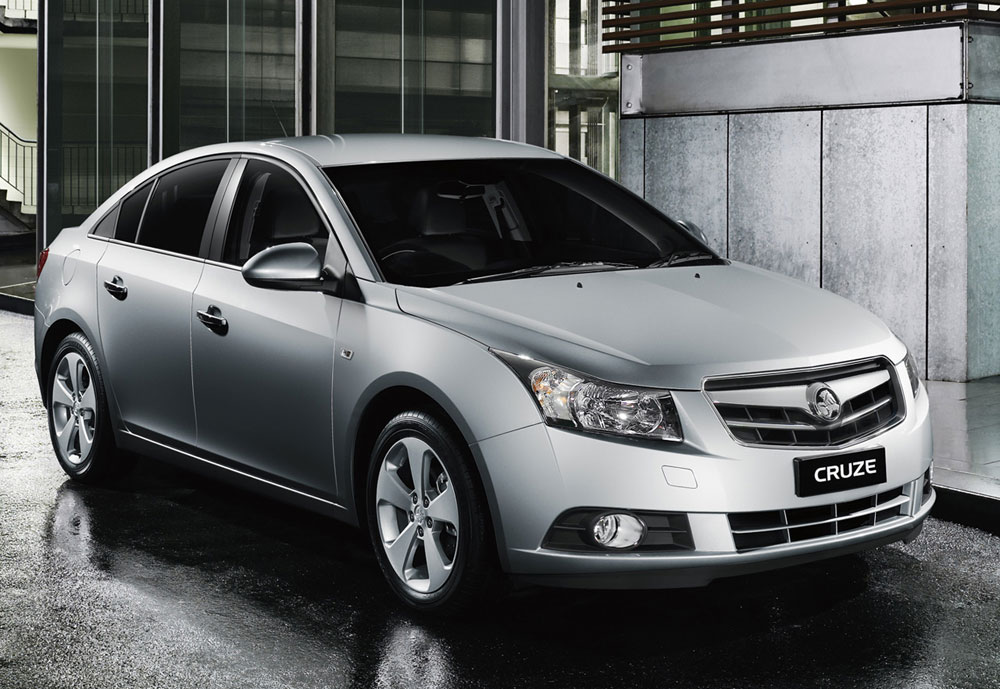Auto Makers Angle for Aid, GM Holden Chairman Says
GM Holden’s top executive says the auto maker is seeking the same government assistance “that is sought by auto companies and other manufacturing entities around the world.”

Global auto makers play competing governments against each other when attracting public funding for their projects, GM Holden Chairman and Managing Director Mike Devereux says.
Devereux tells the Australian Broadcasting Corp.’s Inside Business program that GM Holden, which is seeking a reported A$300 million ($324 million) from the Australian government, is “absolutely” profitable and “has been for years now,” a transcript quotes him as saying.
“We reported a nice healthy profit in the 2010 financial year,” Devereux says. “And I think in about a month and a half or so, when we report for 2011, we will be again very nicely profitable.”
The government aid GM Holden is seeking is “assistance, frankly, that is sought by auto companies and other manufacturing entities around the world,” he says.
Devereux points to the U.K., where he says the government recently doubled the Regional Development Fund, a co-investment program to attract broad-based manufacturing ventures, to £2.4 billion ($3.8 billion) and attracted 170 applications, bringing £7.5 billion ($11.8 billion) of private-sector investment into the region.
“Every country in the world is engaged in a competition to attract new, high-tech, highly capital-intensive investments,” Devereux says. He cites Brazil's tariffs and the U.K.’s regional-development funds.
“The co-investment path is, I think, the most appropriate one for Australia and, yes, Australia does need to compete with other countries,” Devereux says.
General Motors is a $150 billion company looking to spend about 10% of its total revenues on both engineering and capital. “As that capital is deployed around the world, we try to deploy it in the way that returns the best return to our shareholders,” he says of the U.S. parent company. “That is the purpose of business.
“Every country on the planet competes for auto investment because of the multiplier effect that it has in the economy – from (research and development) to actually capital equipment investments, to transportation and logistics.”
This multiplier effect, in terms of jobs, is about five to one. “It has far-reaching benefits into a lot of different sectors of the economy, so it's obviously why countries do that,” Devereux says.
Worldwide competition for automotive investment can be seen as cynical, he concedes.
“I think a lot of people wish that the world was flat and that everybody played by the same rules, but countries aggressively compete for what Australia has.
“Australia is one of 13 places in the world that can design, engineer and manufacture a car, and a lot of countries want that same kind of capability.”
Devereux says the amount of aid from the Australian government is being negotiated privately with Prime Minister Julia Gillard and her cabinet. GM Holden received about A$150 million ($161.3 million) to make the Cruze small car in Adelaide.
“We would be looking to put two different architectures into our Adelaide plant in the second half of this decade,” Devereux says. “So that will give you kind of a reference point” for the aid being sought.
There is no question that both GM's expenses and overall costs of doing things are higher in Australia than in China or Southeast Asia, for example, but are not unreasonably high, he says.
“I think (GM’s) costs are in line with some of our higher-output, in terms of dollar value of the vehicle, plants that we have in the United States. They certainly are not competitive, in terms of cost-per-car, with our Chinese, (South) Korean or Thai operations.
“So making things in Australia costs more than it does in Southeast Asia, but that doesn't mean that making things in Australia is not a profitable proposition for a car company or a manufacturing entity.”
Devereux says exporting from Australia has become much more difficult in the past three or four years as a result of a massive run-up in the value of the Australian currency.
“In terms of a business model for my company in this country, we have to be able to efficiently make cars and live within our own means in terms of revenue.
About the Author
You May Also Like



